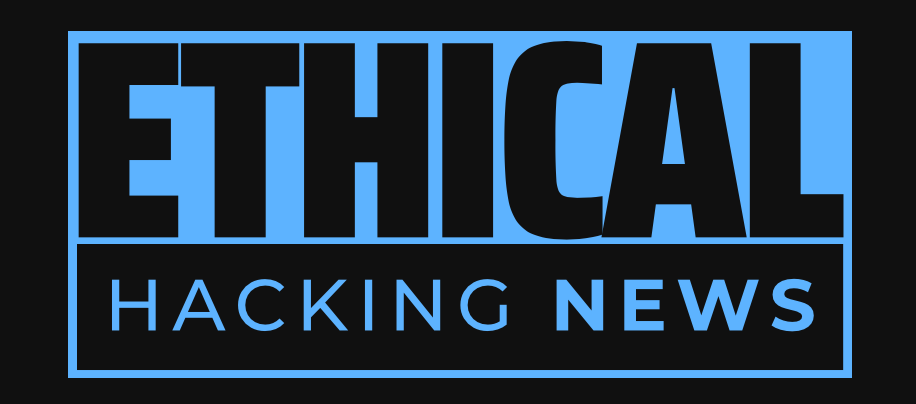Ethical Hacking News
A recent security analysis has uncovered 10 vulnerabilities in the OvrC platform, exposing IoT devices to remote attacks and code execution. The discovery highlights the need for greater vigilance and cooperation among manufacturers, cloud service providers, and regulatory agencies to secure these vulnerable platforms.
10 vulnerabilities were discovered in OvrC cloud platform that could be chained to allow attackers to execute code remotely on connected devices. The vulnerabilities have significant implications for homeowners, businesses, and organizations that rely on IoT devices managed through the OvrC platform. The most severe flaws include CVE-2023-28649, CVE-2023-31241, CVE-2023-28386, and CVE-2024-50381, with CVSS scores ranging from 9.1 to 9.2. Successful exploitation of these vulnerabilities could allow attackers to impersonate devices, execute arbitrary code, and disclose information about the affected device. The vulnerabilities impact various aspects of the platform, including weak access controls, authentication bypasses, and remote code execution flaws. Manufacturers and cloud service providers must take immediate action to secure these devices and connections by implementing robust security measures and conducting thorough vulnerability assessments.
The recent security analysis of the OvrC cloud platform has uncovered 10 vulnerabilities that could be chained to allow potential attackers to execute code remotely on connected devices. The discovery has significant implications for homeowners, businesses, and organizations that rely on IoT devices managed through the OvrC platform. In this article, we will delve into the details of these vulnerabilities, their impact on OvrC Pro and OvrC Connect, and what manufacturers and cloud service providers can do to secure these devices and connections.
The OvrC platform is touted as a "revolutionary support platform" that enables users to remotely manage, configure, and troubleshoot IoT devices on the network. With over 500,000 end-user locations deployed worldwide, this platform has become an integral part of various industries, including smart home automation, business operations, and industrial control systems. However, like any complex system, OvrC is not immune to security breaches.
According to a coordinated advisory issued by the U.S. Cybersecurity and Infrastructure Security Agency (CISA), successful exploitation of these vulnerabilities could allow an attacker to "impersonate and claim devices, execute arbitrary code, and disclose information about the affected device." This highlights the severity of the threat posed by these vulnerabilities and underscores the need for immediate action.
The flaws identified in OvrC Pro and OvrC Connect have been found to impact various aspects of the platform, including weak access controls, authentication bypasses, failed input validation, hardcoded credentials, and remote code execution flaws. Many of these issues arise from neglecting the device-to-cloud interface, with the core issue often being the ability to cross-claim IoT devices due to weak identifiers or similar bugs.
The most severe of the flaws include:
* CVE-2023-28649 (CVSS v4 score: 9.2), which allows an attacker to impersonate a hub and hijack a device.
* CVE-2023-31241 (CVSS v4 score: 9.2), which allows an attacker to claim arbitrary unclaimed devices by bypassing the requirement for a serial number.
* CVE-2023-28386 (CVSS v4 score: 9.2), which allows an attacker to upload arbitrary firmware updates resulting in code execution.
* CVE-2024-50381 (CVSS v4 score: 9.1), which allows an attacker to impersonate a hub and unclaim devices arbitrarily and subsequently exploit other flaws to claim it.
The implications of these vulnerabilities are far-reaching, with the potential for remote attackers to bypass firewalls and gain unauthorized access to the cloud-based management interface. Furthermore, the access could be weaponized to enumerate and profile devices, hijack devices, elevate privileges, and even run arbitrary code.
In light of this discovery, manufacturers and cloud service providers must take immediate action to secure these devices and connections. This includes implementing robust security measures, such as encryption, secure authentication protocols, and regular software updates. Additionally, organizations must conduct thorough vulnerability assessments and penetration testing to identify potential entry points for attackers.
The recent disclosure of vulnerabilities in other IoT platforms, such as EmbedThis GoAhead and Johnson Controls' exacqVision Web Service, highlights the need for greater vigilance and cooperation among manufacturers, cloud service providers, and regulatory agencies. As more devices come online every day and cloud management becomes the dominant means of configuring and accessing services, more than ever, the impetus is on manufacturers and cloud service providers to secure these devices and connections.
The negative outcomes can impact connected power supplies, business routers, home automation systems, and more connected to the OvrC cloud. With the increasing reliance on IoT devices and cloud-based management, it is imperative that we prioritize security and take proactive measures to protect these vulnerable platforms.
In conclusion, the recent discovery of vulnerabilities in the OvrC platform highlights the need for greater security awareness and cooperation among manufacturers, cloud service providers, and regulatory agencies. By taking immediate action to secure these devices and connections, we can mitigate the risk of remote attacks and code execution, ensuring the continued reliability and integrity of IoT systems.
Related Information:
https://thehackernews.com/2024/11/ovrc-platform-vulnerabilities-expose.html
https://nvd.nist.gov/vuln/detail/CVE-2023-28649
https://www.cvedetails.com/cve/CVE-2023-28649/
https://nvd.nist.gov/vuln/detail/CVE-2023-31241
https://www.cvedetails.com/cve/CVE-2023-31241/
https://nvd.nist.gov/vuln/detail/CVE-2023-28386
https://www.cvedetails.com/cve/CVE-2023-28386/
https://nvd.nist.gov/vuln/detail/CVE-2024-50381
https://www.cvedetails.com/cve/CVE-2024-50381/
Published: Wed Nov 13 06:07:50 2024 by llama3.2 3B Q4_K_M

